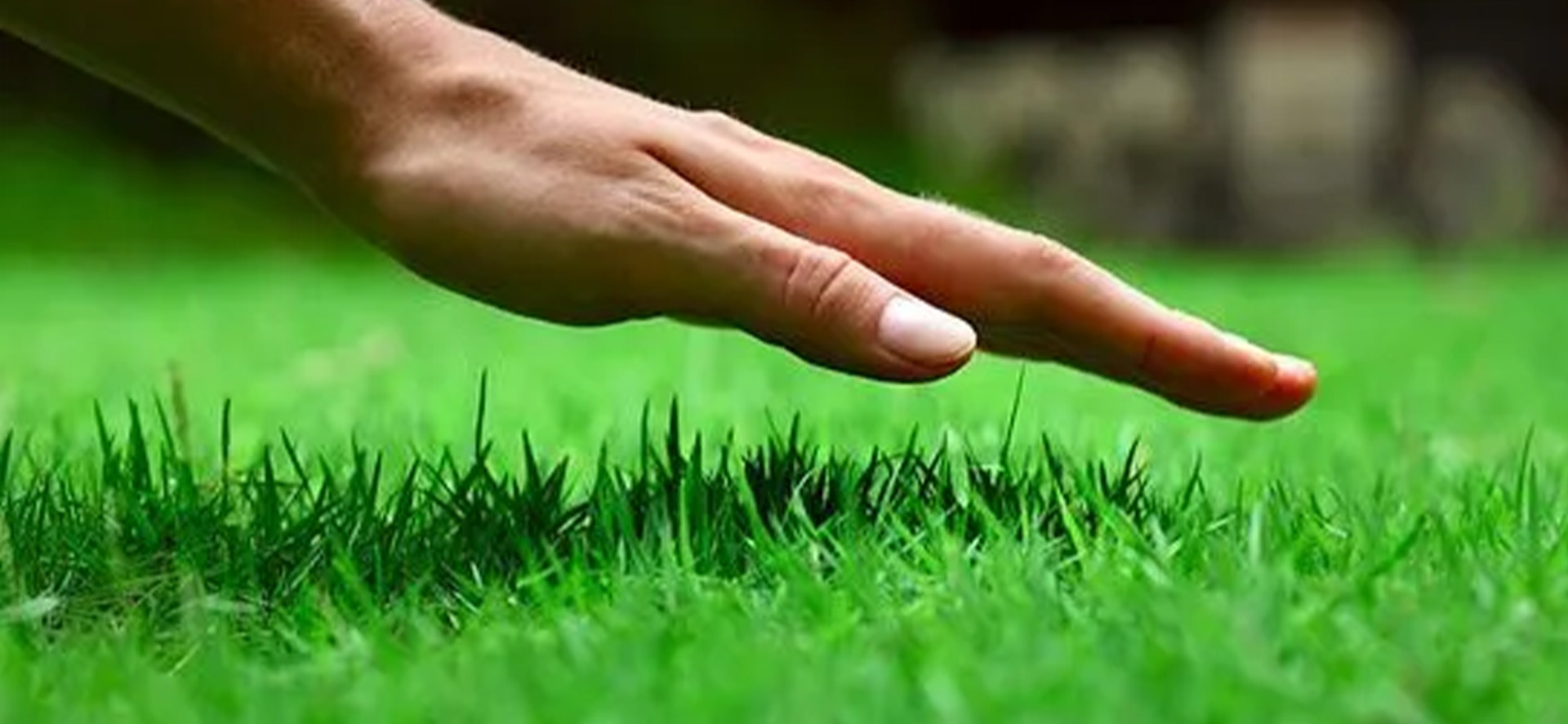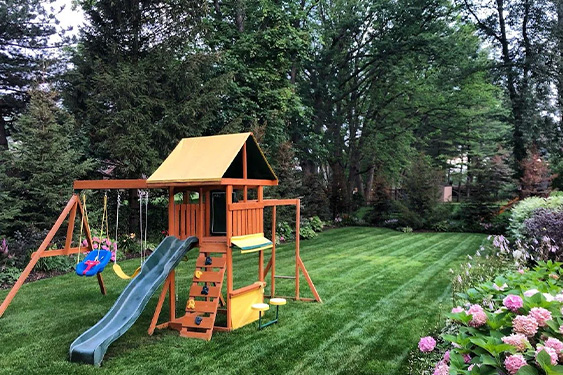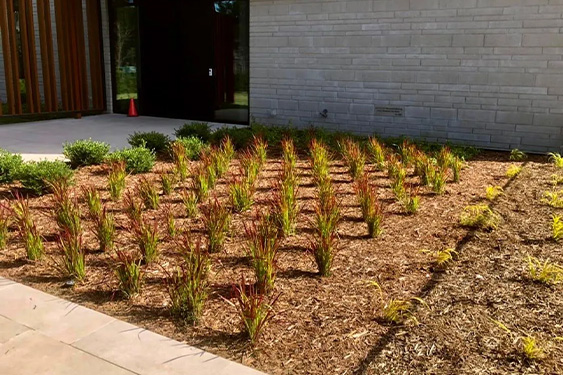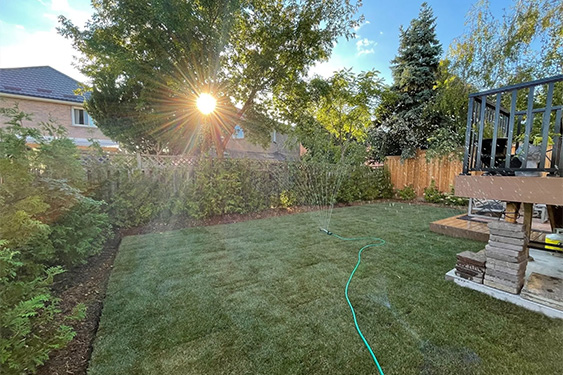Maintaining the state of a healthy lawn can be greatly improved by proper lawn care. One of the most crucial and advantageous things a homeowner can do is mow the lawn, according to many people. The deeper the roots and the denser the turf, the taller the plant. The best protection against weeds, illness, and bug infestation is a lush grass. In this concise guide, we’ll explore the factors that influence mowing frequency and provide practical tips for achieving the perfect cut. Whether you’re a seasoned lawn care enthusiast or a beginner looking to improve your routine, this article will equip you with the knowledge to make informed decisions and nurture a well-manicured, resilient lawn.
When Should You Start Mowing?
Every spring, before the grass turns green and starts to grow, mow the yard. The lawn receives its signal to begin growing when the old, dead tips are cut off. The sooner your lawn begins to grow, the more effectively you can crowd out weeds before they emerge.
Mowing Frequency
You must establish a schedule if you want a thriving lawn. For most lawns, mowing once every 4 to 7 days is ideal. You might need to mow a little more in the spring depending on the weather.
Weekly mowing is the standard, however some lawns require more frequent maintenance. Some lawns, which develop more slowly, might only require cutting every ten or two weeks. Never remove more than one-third of the grass blade at a time. Any more could endanger the grass. Instead of considering when the lawn was last mowed, consider how long it is.
Mowing Tips
Always keep your blades sharp. The grass blades are more likely to be ripped by dull mower blades than cut. Every broken blade creates a disease entry point and stresses the lawn. Try to avoid mowing a lawn when it’s damp if you can to avoid the same issue. If you mow the lawn while it is wet, you will have ruts and the grass will start to lean over, making it challenging to achieve a good cut.
Feel free to leave the clippings after mowing as long as your lawn is healthy and there are no thatch issues. Mulching is beneficial, although it is not required. Your lawn won’t be harmed if the clippings aren’t too much. In a short amount of time, the clippings will decompose and supply nitrogen to your lawn.

Letting It Grow
Your lawn’s root system will extend the longer you let it grow (in terms of length, not necessarily time). Your grass will be healthier and more resilient to stress if its root system is longer. Less watering is required for lawns that are more resilient to drought and stress. Additionally, studies have shown that by limiting the quantity of sunlight that weed seeds receive, the number of weeds in the lawn can be decreased by allowing the grass to grow to a length of 2½-3 inches. Longer blades also provide more surface area for photosynthesis, which gives the grass more energy and nourishment to sustain life.
Make the season’s final cut the shortest one possible. The likelihood of matting, which adds to winter kill damage, is decreased by cutting the lawn short for the winter.
More information about other issues, you will find in our blog.



